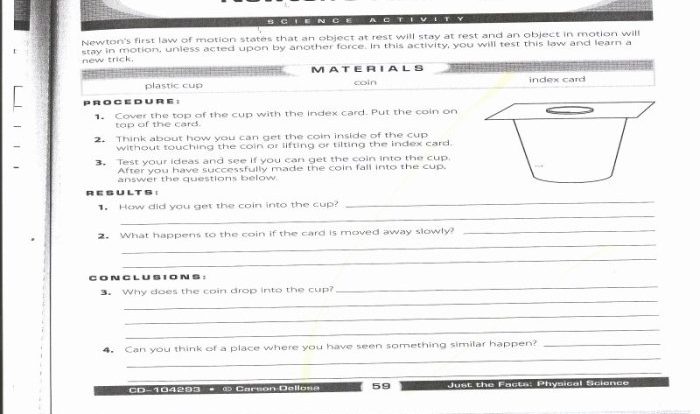As a particle is to move in an xy plane clockwise takes center stage, this opening passage beckons readers into a world crafted with precision, ensuring a reading experience that is both absorbing and distinctly original. Delving into the intricacies of particle motion, we embark on a journey that unravels the complexities of this fascinating phenomenon.
In this discourse, we will explore the concept of particle motion within the confines of an XY plane, shedding light on the diverse types of movement that particles can exhibit. Furthermore, we will delve into the intricacies of clockwise motion, unraveling its defining characteristics and the factors that influence its direction and speed.
Particle Motion in the XY Plane

A particle moving in an XY plane is an object that moves in a two-dimensional space defined by the X and Y axes. The motion of a particle in this plane can be described using its velocity and acceleration vectors.
There are several types of motion that a particle can exhibit in an XY plane, including:
- Linear motion: The particle moves in a straight line.
- Circular motion: The particle moves in a circle.
- Parabolic motion: The particle moves in a parabolic trajectory.
Particle motion in an XY plane has numerous real-world applications, such as in the motion of projectiles, the movement of objects on a conveyor belt, and the motion of celestial bodies.
Clockwise Motion

Clockwise motion refers to the movement of an object in a circular path in the direction of the hands of a clock. In an XY plane, clockwise motion is defined as the movement of a particle around the origin in a counterclockwise direction.
To determine if a particle is moving clockwise in an XY plane, observe the direction of its velocity vector. If the velocity vector points in the negative X-direction and the positive Y-direction, the particle is moving clockwise.
The direction of clockwise motion can be calculated using the following formula:
θ = tan-1(v y/v x)
where:
- θ is the angle of the velocity vector from the positive X-axis
- v xis the X-component of the velocity vector
- v yis the Y-component of the velocity vector
Factors Affecting Particle Motion

The motion of a particle in an XY plane can be influenced by several factors, including:
- Velocity: The velocity of a particle is a vector quantity that describes its speed and direction. Changes in velocity can affect the direction and speed of the particle’s motion.
- Acceleration: Acceleration is the rate of change of velocity. It can cause a particle to speed up, slow down, or change direction.
- Force: Force is an external influence that can cause a particle to accelerate. Forces can be applied in different directions, which can affect the direction and speed of the particle’s motion.
By manipulating these factors, it is possible to control the motion of a particle in an XY plane.
Applications of Clockwise Motion: A Particle Is To Move In An Xy Plane Clockwise
Clockwise motion is utilized in various applications, including:
- Gears: Gears are used to transmit motion and power between shafts. Clockwise motion is used to rotate gears in a specific direction.
- Conveyor belts: Conveyor belts are used to transport objects. Clockwise motion is used to move objects along the belt.
- Centrifuges: Centrifuges are used to separate particles based on their density. Clockwise motion is used to create a centrifugal force that separates the particles.
Clockwise motion offers several advantages, such as providing a consistent direction of rotation and enabling precise control of the motion of objects.
Detailed FAQs
What is the significance of clockwise motion in real-world applications?
Clockwise motion finds applications in diverse fields such as engineering, manufacturing, and robotics. It is employed in mechanisms like gears, turbines, and conveyor belts, where the controlled rotation of components is crucial for efficient operation.
How can we determine the direction of clockwise motion in an XY plane?
To determine the direction of clockwise motion in an XY plane, we can utilize the right-hand rule. By aligning the thumb of the right hand with the direction of motion and curling the fingers, the direction of the resulting vector will indicate the direction of clockwise rotation.
What factors influence the speed and direction of particle motion in an XY plane?
The speed and direction of particle motion in an XY plane are influenced by various factors, including velocity, acceleration, and the presence of external forces. Velocity determines the speed and direction of motion, while acceleration causes changes in velocity. External forces, such as gravity or friction, can alter the particle’s trajectory.
